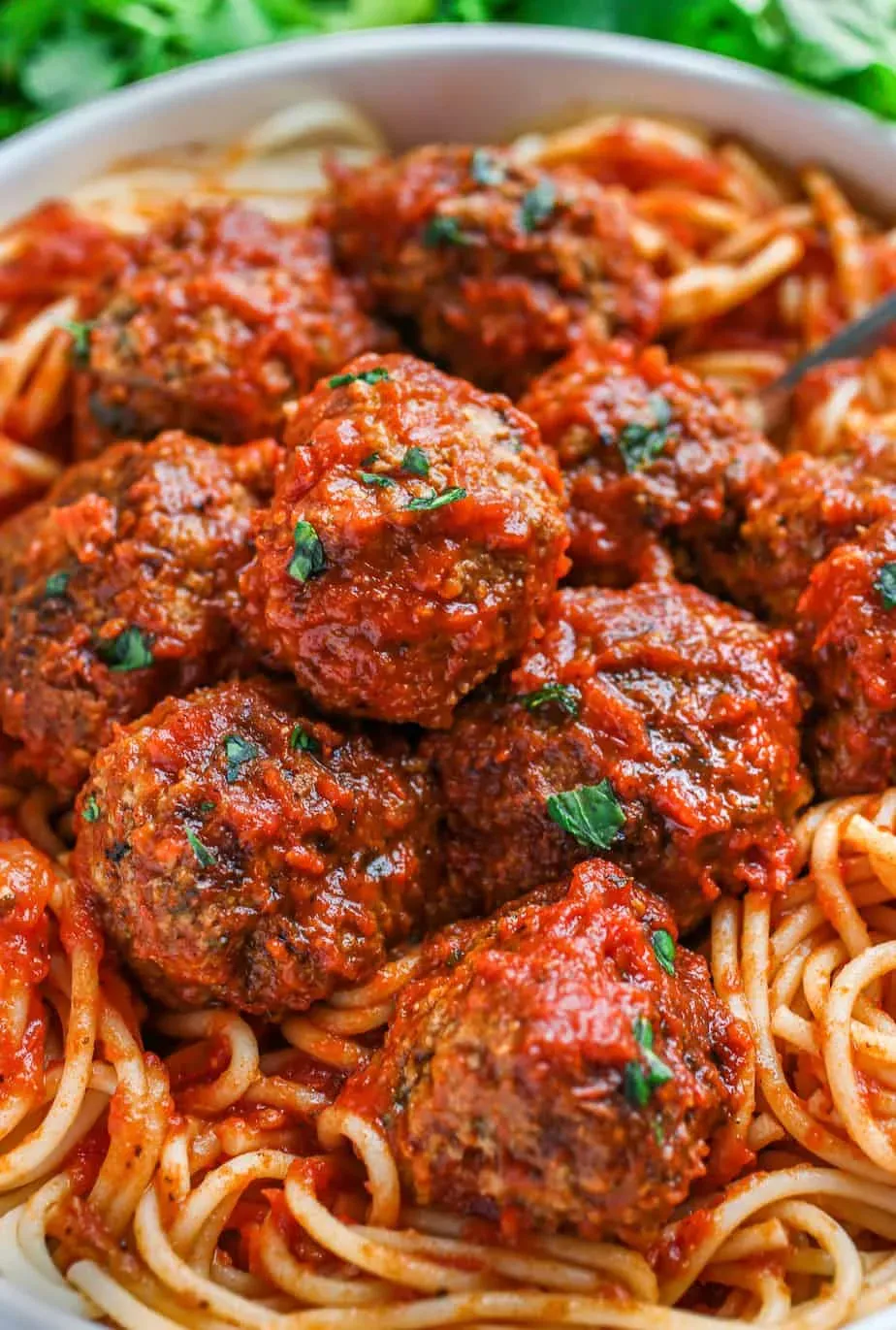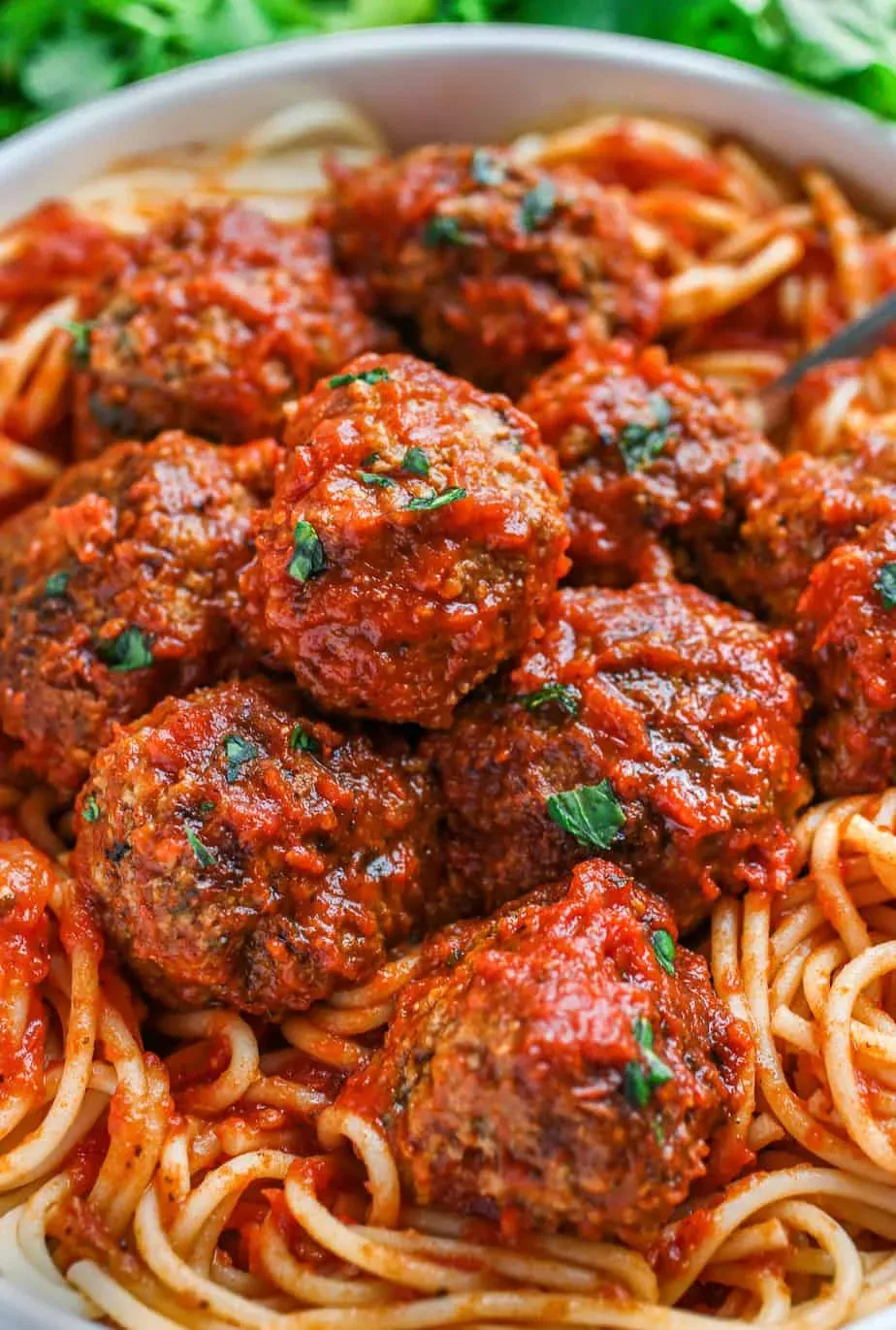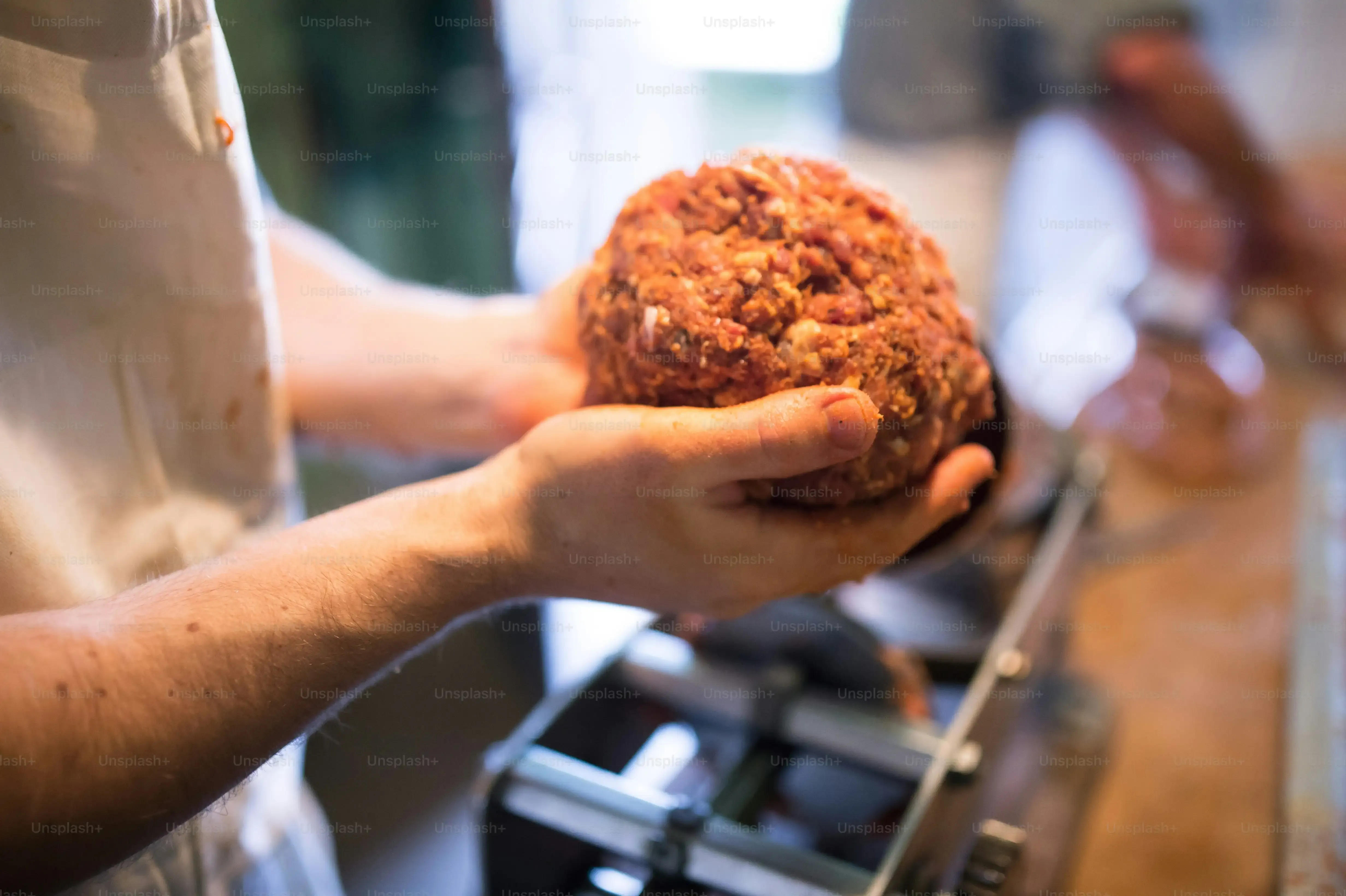Table of Contents
Let's be honest, everyone claims their Nonna made the best meatballs.
Why This is the Best Italian Meatball Recipe in the World

Why This is the Best Italian Meatball Recipe in the World
Let's cut through the family lore and get to the truth: claiming the title of the best Italian meatball recipe in the world requires more than just nostalgia. It demands technique, a deep understanding of how ingredients interact, and a process that guarantees results, not just sometimes, but every single time. This isn't just a random mix of meat and seasonings; it's a calculated approach to achieving peak meatball performance. We start with a specific moisture-locking trick using soaked bread – a technique that prevents that all-too-common dry, dense outcome. Then, we build flavor on the exterior with a quick blast of heat before letting them finish their journey in a vibrant tomato sauce. This layered method ensures they stay incredibly juicy inside while developing a rich, savory crust, and the slow simmer in the sauce makes them unbelievably tender. That precise combination of factors is exactly Why This is the Best Italian Meatball Recipe in the World stands apart from the rest.
- Uses a bread panade for maximum juiciness.
- Employs broiling for crucial exterior flavor development.
- Finishes with a slow simmer in sauce for ultimate tenderness.
- Consistently delivers on texture and taste.
The Ingredients Making the Best Italian Meatball Recipe Shine

The Ingredients Making the Best Italian Meatball Recipe Shine
The Meat Foundation: A Blend is Best
You might think ground beef is enough, but achieving the best italian meatball recipe in the world requires a bit more nuance. A common pitfall is using meat that's too lean, resulting in dry, tough orbs. We aim for juicy tenderness, and that means fat equals flavor and moisture. An 80-85% lean ground beef is your starting point. It has enough fat to keep things moist as they cook. But here's where the magic really happens: incorporating ground pork. Pork adds a different kind of richness, a sweetness, and contributes significantly to a more tender final texture. Some classic recipes even throw in a bit of ground veal for extra softness, but beef and pork are non-negotiable for our benchmark.
The Moisture Lock: Bread, Dairy, and Eggs
Forget dry breadcrumbs sprinkled in. The real secret to preventing dense, sad meatballs lies in what's called a "panade." This is essentially stale or fresh bread soaked in liquid, often milk. The starch in the bread absorbs the liquid, creating a paste-like consistency. When mixed with the meat, this panade traps juices as the meatballs cook, acting like tiny internal sponges. Whole milk is classic, but water works too. This step is crucial for tenderness. Eggs also play a vital role. They act as a binder, helping the mixture hold its shape, but they also contribute to richness and moisture. Don't skip either the panade or the egg if you want truly tender results.
- Stale or fresh white bread (crusts removed)
- Whole milk (or water) for soaking
- Large eggs
- Parmesan cheese (adds flavor and helps bind)
Building Flavor: Cheese, Aromatics, and Herbs
A bland meatball is a culinary crime. The best italian meatball recipe in the world layers flavor from the inside out. Grated Parmesan cheese isn't just for sprinkling on top; it's mixed directly into the meatball mixture. Use good quality Parmigiano-Reggiano for its nutty, salty depth. Finely minced or grated garlic and onion are non-negotiable aromatics. They provide that essential savory base. Fresh herbs, particularly flat-leaf parsley, brighten everything up. Salt and pepper are obvious, but season assertively – the meat mixture needs it. Some folks add a pinch of red pepper flakes for a subtle kick, or a touch of dried oregano, but fresh parsley, garlic, onion, and good Parmesan are the core flavor builders here.
Cooking Your Way to the World's Best Italian Meatball Recipe

Cooking Your Way to the World's Best Italian Meatball Recipe
Alright, so you've got your perfectly balanced meat mixture, your panade is ready, and the kitchen smells promising. Now comes the part where we actually get these little guys into shape and start cooking. This isn't just about heating them up; it's about building layers of flavor and ensuring that incredible texture we talked about. You'll want to mix gently – overmixing is a fast track to tough meatballs. Just combine everything until it's incorporated. Then, wet your hands slightly; this keeps the mixture from sticking to you like glue and helps you form them smoothly. Aim for meatballs roughly the size of a golf ball, or slightly larger if you prefer. Uniform size matters for even cooking. Before they hit the sauce, we give them a crucial initial cook. Broiling them in the oven for a few minutes is my preferred method. It develops a beautiful brown crust quickly, locking in juices and adding a depth of flavor you just don't get from poaching them directly in sauce from raw. This step is key to Cooking Your Way to the World's Best Italian Meatball Recipe.
- Mix ingredients gently until just combined.
- Wet hands slightly before forming meatballs.
- Form meatballs to roughly golf ball size.
- Broil for 5-7 minutes until browned on all sides.
Tips & Variations for Your Best Italian Meatball Recipe

Tips & Variations for Your Best Italian Meatball Recipe
So you've mastered the core technique, congratulations. You're well on your way to making the best italian meatball recipe in the world. But like any great classic, there's always room for personal touch and adaptation. Maybe you're wondering about freezing them, or what to do if you don't have fresh bread. Or perhaps you want to tweak the flavor profile slightly. Don't be afraid to experiment a little, but stick to the fundamental principles we've covered – the panade, the initial sear, the slow simmer. These are the non-negotiables for achieving that perfect tender, juicy result. Think of the core recipe as your foundation; these Tips & Variations for Your Best Italian Meatball Recipe are the ways you can build on it.
- Freezing: You can freeze cooked meatballs in sauce or uncooked ones formed on a baking sheet until solid, then transfer to a freezer bag. Thaw overnight in the fridge before simmering in sauce.
- Bread Substitute: If fresh or stale bread isn't handy, use plain dried breadcrumbs, but reduce the amount slightly (about half) and soak them in the milk/liquid before adding to the meat.
- Spice Level: Add a pinch of red pepper flakes to the meat mixture for a subtle warmth, or a bit more if you like a kick.
- Herb Swap: While parsley is classic, a little fresh basil or oregano can also be added to the mix, though parsley is key for that fresh brightness.
- Cooking Method: If broiling isn't an option, you can pan-fry them gently in a little olive oil until browned on all sides before transferring to the sauce to finish cooking.
Your New Go-To Meatball Masterpiece
So there you have it. We've laid out the blueprint, explained the 'why' behind the 'how,' and hopefully convinced you that truly spectacular meatballs aren't some mythical creature. By understanding the role of each ingredient and applying these simple techniques, you're not just following a recipe; you're mastering the craft. Forget the dry, dense disappointments of the past. This approach delivers consistency, flavor, and that undeniable tenderness. Give it a shot. Your pasta, your friends, and frankly, your taste buds will thank you.